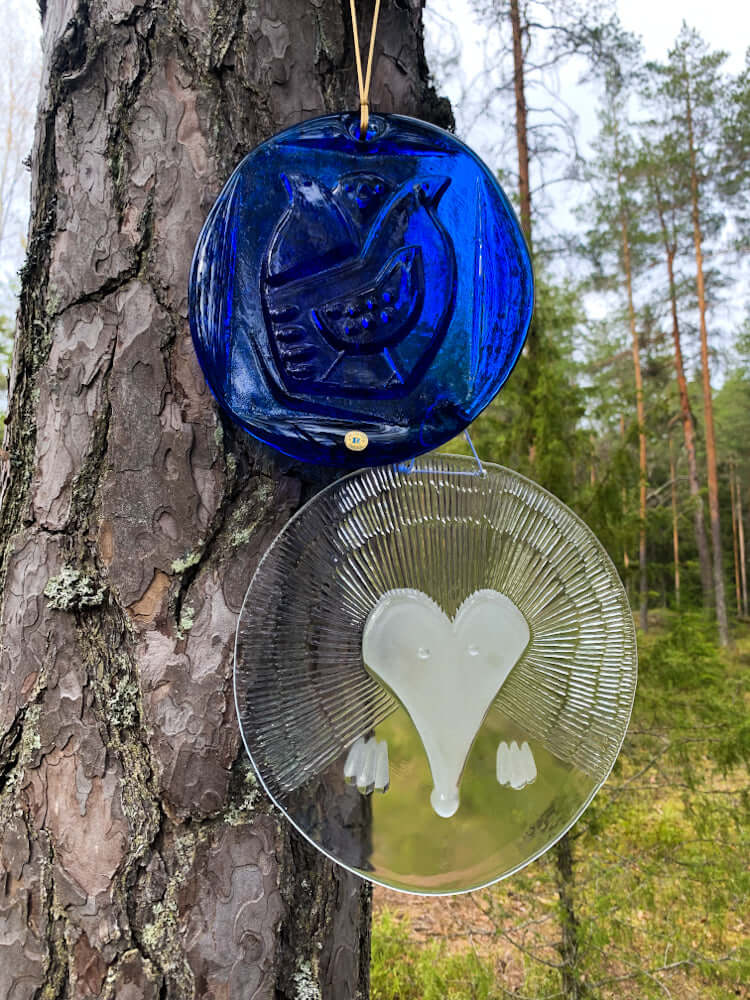
The story of the magical Scandinavian Suncatcher
In ancient Scandinavian tales and sagas of the Vikings, there is mention of a mysterious Sun Stone, also known as the Sun Compass.
With its aid, fearless Scandinavian travelers on their small dragon-ships, or drakkars, reached very distant shores: they discovered and colonized Iceland, then Greenland, and around the year 1000 CE, Leif Erikson and his crew sailed to the shores of North America, briefly establishing a Norse colony on the island of Newfoundland, in what is now Canada.
Yes, the Vikings discovered America too, and five centuries before Columbus. Until 1960, this information from the sagas about Leif's discovery of extensive land to the west of Greenland, i.e., America, remained just a story. But in that year, Canadian archaeologists discovered a Viking settlement, where Erikson likely wintered, as described in one of the sagas.
And it was the Sun Compass that aided them in voyaging across the stormy and far from sunny northern seas. According to legend, this stone could capture sunlight even in cloudy weather. By the position of the sun, sailors could determine their location.

Art glass suncatcher by Erkki Vesanto, Iittala Finland. More of suncatchers in our online-shop Molnavintage.com
Several years ago, archaeologists found in one of the coastal Viking settlements a processed mineral, Icelandic spar.
Icelandic spar not only allows sunlight to pass through but also polarizes it. Even in dim light or bad weather, when the block is oriented towards the sun, a bright halo of rays is visible, meaning that by smoothly moving the block, one can always find the point in the sky where the luminary is at that moment! Most likely, such devices were the Sun Compasses.
In the mid-20th century, Scandinavian designers made Suncatchers from colored and clear art glass for interior decoration.
